This paper presents a bibliometric analysis of the Corporacion de Estudios para Latinoamerica (CIEPLAN in Spanish) scientific production. This was the most important think tank during the dictatorship and democratisation in Chile. The analysis is carried out based on bibliographic entries (n = 145), references (n = 4,055), and biographical information of the authors from 1979 to 1989. Three dimensions are analysed: scientific production and topics, collaboration and co-authorship, and references or information consumption. We use descriptive statistics, unsupervised topic modelling, and Social Network Analysis (SNA). The results reveal a constant trend in the scientific production and classic topics of the economy associated with inequality and political issues. Moreover, the collaboration and citation analyses show the existence of a community composed of recognised academics and members of the Chilean political elite who were central in the intellectual production and the references’ network. These findings allow us to name CIEPLAN as one of the central epistemic communities during Chile’s democratic recovery and transition, specifically during the first democratic governments, where a number of members were recruited to assume important positions in the executive. To this day, these actors continue influencing the policy-making process in Chile.
- Autor/es: Carla Cisternas, Bastián González-Bustamante
- Año de publicación: 2022
- País: Chile
- Idioma: Español
- Fuente de indexación: WOS



